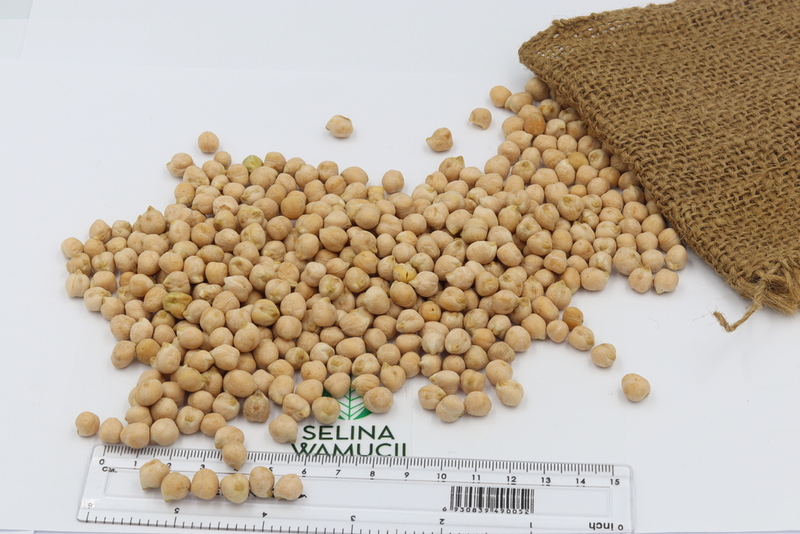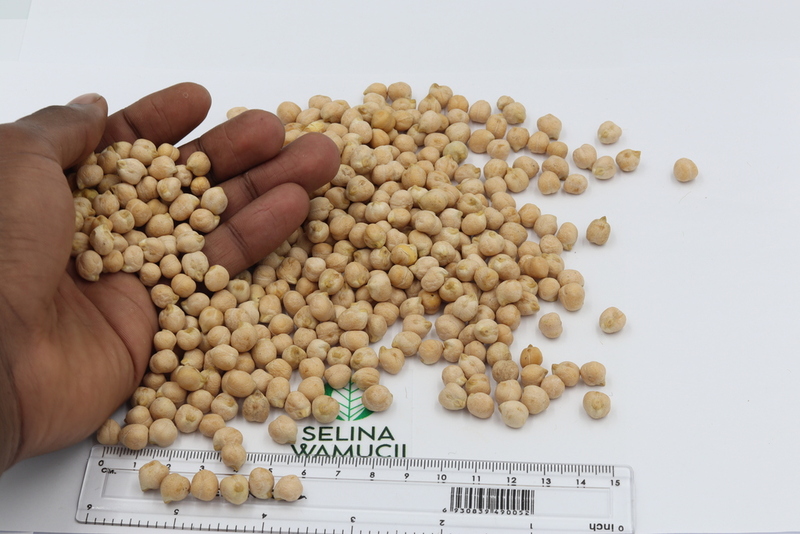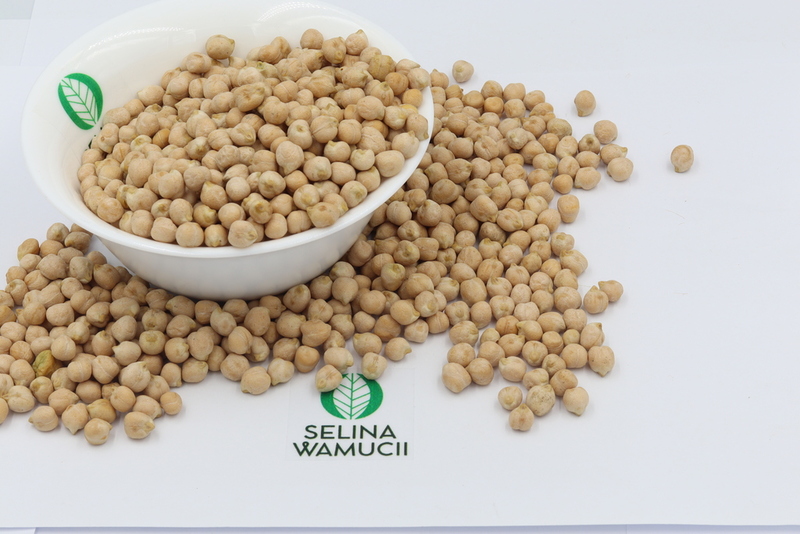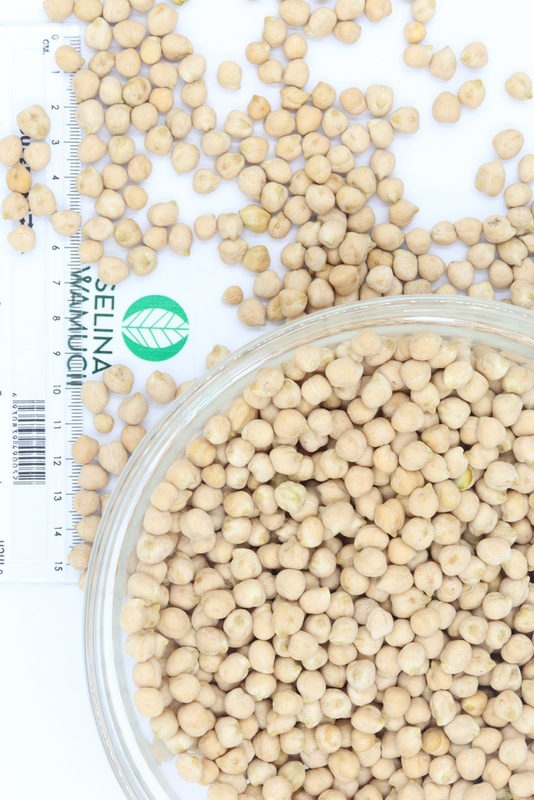Buy Morocco Chickpeas Directly From Exporters & Suppliers - Best of 2024 Market Prices
| Summary | |
|---|---|
| Varieties | Desi chickpea, Kabuli chickpea |
| Packing | 250g cans,90 kg sacks,1kg packets |
| Size | 7mm wide |
| Seasons | June, July, August |
| Storage Conditions | 21 degrees celcius, |
| Transport Conditions | 16-21 degrees, no moisture |
The chickpea is a legume of the family Fabaceae. It is consumed as a dry pulse crop or as a green vegetable. In Morocco, it is mainly grown around the Northern provinces around Meknes and Sidi Kacem. It is a highly nutritious legume and considered one of the healthiest plant protein meals.
Chickpea is yellowish-brown in colour and a little bit larger in size than the average pea. The total area under chickpea cultivation in Morocco is estimated to be around 61,000 hectares. The legume thrives best in warm, humid areas.
Originating from Turkey, chickpea was introduced to Morocco in 1976. It widely spread through the northern part due to its productivity in warm regions. The recent price rise has led to an increase in the demand for chickpeas which made Morocco commercialize cultivation for the popular legumes.
There are two major varieties of Morocco chickpeas, Desi chickpeas and Kabuli chickpeas. Classification is based on colour, thickness, seed size and shape of the seed coat.
Desi chickpeas are smaller and are thicker. They are usually light tanned, speckled, or even black. They thrive best in the dry regions of Morocco.
Kabuli chickpeas have larger seeds than Desi and are mostly white in colour or pale cream. They are more common than the desi type. They have larger fibre content hence are a suitable option for people living with blood sugar problems.
Chickpeas thrive best in dry areas with sandy or loamy soils. They are able to withstand drought conditions by extracting water from deeper in the soil profile. This is because of the deep taproot system.
To perform optimally, chickpeas require 70 degrees Fahrenheit to 80 degrees Fahrenheit during the day and 64 degrees Fahrenheit to 70 degrees Fahrenheit at night. Substantial rainfall results to a reduced yield of the legumes. Good drainage is required as they don’t perform well in waterlogged areas.
The season for growing Morocco chickpeas is between mid-Feb and mid-march. Harvesting begins in June to August. They take approximately 100 days to start maturing. Chickpeas can be consumed while green but mostly are dried and stored in sacks for export and also prolonged consumption.
Freshly harvested fully matured chickpea grains are dried to get rid of all the moisture then packed in different packaging materials, e.g. polythene bags for smaller quantities and sacks for large quantities. The quantities range from 250 grams to 90 kgs. They are also boiled or fried, then preserved and canned for export.
Morocco exports most of its Chickpeas to Europe as the market and demand are vast.
This is the greatest platform for you to buy Morocco chickpeas or even invest in them. We have everything you would require to get started, so, sign up today!
Get Instant Quote
Are you a producer of Morocco Chickpeas or other products?
Sign up today for FREE to buy or sell Morocco Chickpeas.





